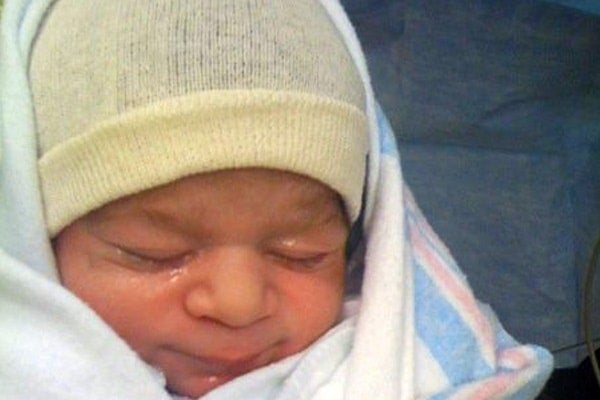
Many babies born to immigrants incorrectly labelled underweight
Published: February 16, 2012
For some immigrant parents, especially South Asians, questions about a baby’s birthweight may be stressful, because many of their newborns are incorrectly diagnosed as being significantly underweight. Low birthweight generally means a baby could be at higher risk of developmental issues.
Researchers at the University of Toronto and St. Michael’s Hospital say many of these infants are in fact the correct birthweight for their ethnic group and should not be compared to those of babies of Canadian-born mothers.
The researchers, led by Dr. Joel Ray, an assistant professor of medicine at the University of Toronto, have developed the first newborn weight curves for specific ethnic groups across Canada.
Birthweight curves are graphs used to plot how one baby’s weight compares to others of the same age. A baby whose birthweight is in the lowest tenth percentile of the curve is deemed to be “small for gestational age” (
The new curves and Ray’s related research were published Feb. 15 in the Journal of Obstetrics and Gynaecology Canada.
Ray examined 760,000 live births in Ontario, which has 55 per cent of Canada’s immigrants. He found that babies born to mothers from most regions of the world, except Europe and other Western countries, had significantly lower birthweights – up to 250 grams less -- than those for infants of Canadian-born mothers.
Research showed that 67 of every 1,000 babies born to parents from Africa or the Caribbean were at risk of being classified as significantly underweight if plotted on an outdated Canadian curve instead of the new world region-specific curve.
Even more troublesome was his finding that 116 of every 1,000 South Asian babies – more than one in 10 -- were at risk of being misclassified under the Canadian curve.
“That’s unacceptable in my mind,” said Ray. “There are all these parents who are very excited about having a baby, and now they might have concerns their baby is not big enough — something that it not true and not especially welcoming.”
Ray also examined how many babies were being incorrectly labelled as too heavy, or in the ninetieth percentile in birthweight. When correctly diagnosed, these babies may need to be delivered early; thus, a misdiagnosis may result in unnecessary elective cesarean sections.
The current Canadian curve misses as many as six in 10 Southeast Asian/Pacific and South Asian babies who are big compared to others in their ethnic groups.
Birthweight is important not just for parents’ peace of mind. It is also one of the essential yardsticks used to measure a baby’s progress or failure to thrive in its first days and weeks.
“Our findings have potential impact in several ways,” Ray said. “The number of new immigrant parents and infants affected is sizable, meaning that there is a large target group in need of new birthweight curves.”
Secondly, recent immigrants may not understand the implications of having a significantly underweight infant and may lack the linguistic, social, financial or transportation resources to effectively follow-up with pediatric care.
“By implementing our modified birthweight charts, a large number of newborns will be spared an unnecessarily prolonged stay in hospital, special biochemical and genetic testing, and follow-up with a general or developmental pediatrician,” Ray said. “This lowers the burden not only on the child and their parents, but also on limited in-hospital and pediatric clinic resources within the ever-busy



